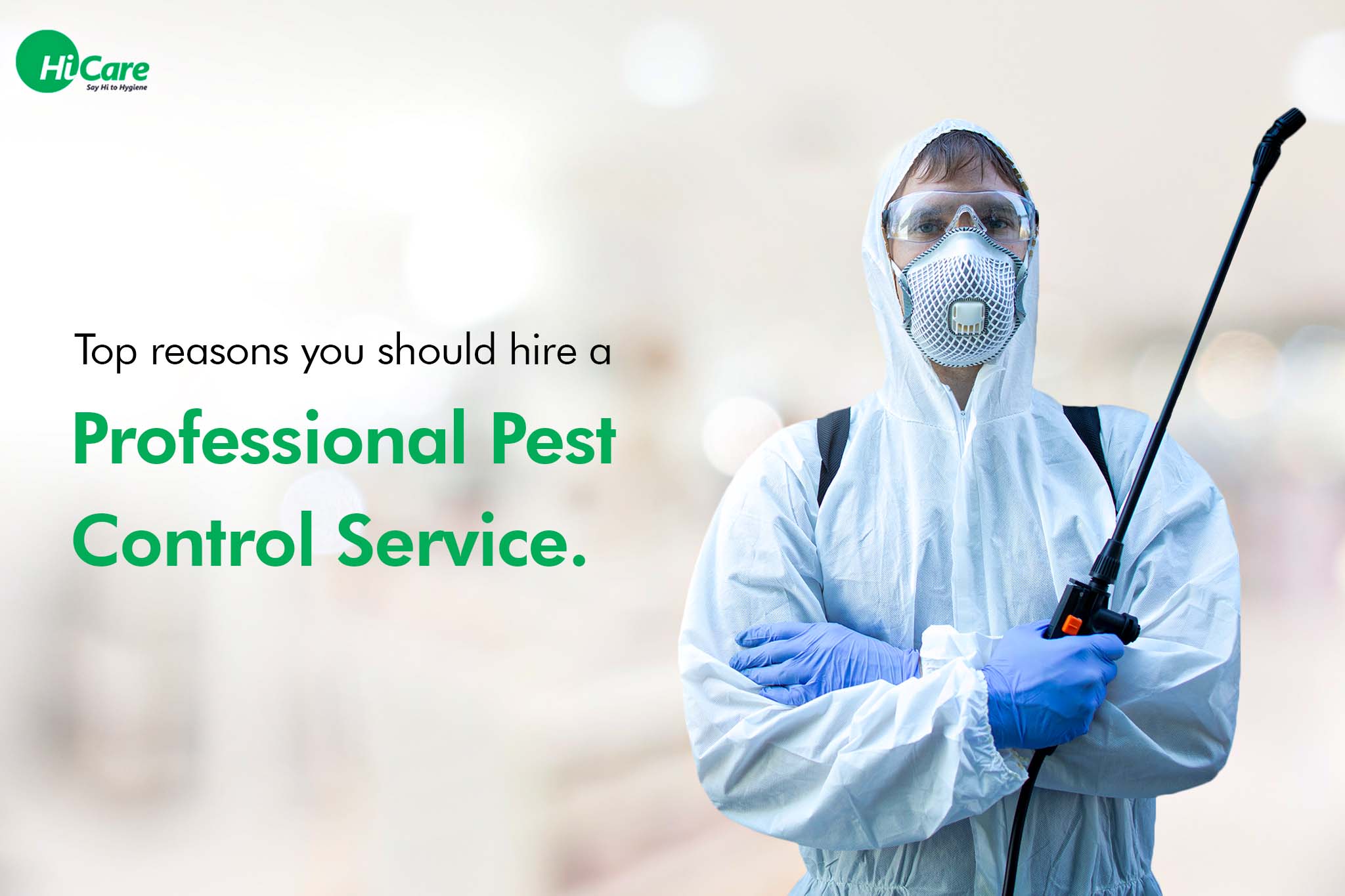A1 Bed Bug Exterminator Charlotte - Reliable and Budget Friendly Services
Bed Pest Therapy Breakdown: Comparing Chemical Vs. Non-Chemical Solutions
In the realm of bug control, specifically when handling the consistent issue of bed pests, the selection in between chemical and non-chemical treatment options can be a critical one. Both techniques offer distinctive advantages and downsides, influencing variables such as efficiency, security considerations, and general cost. By checking out the nuanced details of each technique, a more clear understanding of which course to pursue in resolving a bed pest infestation can be attained.
Effectiveness of Chemical Treatments
Chemical therapies for bed pest problems have been commonly acknowledged for their fast and powerful effectiveness in eradicating these pests. When considering the effectiveness of chemical therapies, it is crucial to understand that they can provide a fast and thorough service to a bed insect issue.
Additionally, chemical treatments have the advantage of providing recurring effects, implying that they can remain to get rid of bed bugs even after the first application. This recurring action is especially helpful in combating any potential re-infestations. In addition, the quick action of chemical therapies can bring relief to people dealing with extreme bed bug infestations, permitting them to regain control of their living areas swiftly.
Safety Interest In Chemical Solutions
One critical element that requires mindful factor to consider when making use of chemical services for bed pest treatment is making sure the security of passengers and the atmosphere. Direct exposure to particular chemicals utilized in bed pest treatments can lead to respiratory system issues, skin inflammation, or various other negative responses, particularly in individuals with pre-existing problems or sensitivities.
Additionally, the environmental effect of chemical solutions is an additional significant factor to consider. Some chemicals used in bed insect therapies may be damaging to beneficial insects, wild animals, and communities if they seep right into the dirt or water systems. It is vital to make use of chemical treatments sensibly, following security standards, and considering less harmful alternatives to alleviate these threats and ensure the efficient and secure management of bed bug invasions.
Benefits of Non-Chemical Methods
Taking into consideration the possible safety and security concerns and ecological influence associated with chemical solutions for bed bug treatment, checking out non-chemical approaches presents a promising alternative with several unique advantages. Non-chemical approaches use a safer option for homes, particularly those with children, individuals, or pets delicate to rough chemicals. These techniques get rid of the dangers of exposure to toxic materials, decreasing the capacity for adverse wellness impacts. Moreover, non-chemical therapies are environmentally friendly, as they do not add to air or water contamination, making them a sustainable selection for parasite control.
Additionally, non-chemical remedies can be reliable in targeting bed insects, consisting of hard-to-reach areas where chemical treatments might not permeate. Methods such as warm therapy, vacuuming, steam cleansing, and bed mattress encasements supply extensive eradication without the usage of dangerous chemicals. Furthermore, non-chemical strategies can be less disruptive, calling for very little prep work and enabling quicker reentry into dealt with areas. Generally, opting for non-chemical bed insect therapy approaches not only focuses on safety and environmental check here management yet also makes certain reliable and comprehensive insect control.
Limitations of Non-Chemical Treatments

Additionally, non-chemical therapies frequently need multiple applications to accomplish effective obliteration. This can be time-consuming and might not constantly assure complete elimination of all bed insects and their eggs, particularly in hard-to-reach or concealed locations.
Additionally, the success of non-chemical treatments greatly counts on proper implementation and thoroughness, which can be challenging for individuals without expert expertise. Inadequate application of non-chemical methods may lead to incomplete removal, bring about relentless infestations and the demand for added treatments.
For that reason, while non-chemical treatments have their advantages, it is necessary to recognize these limitations and consider them when identifying the most effective approach for handling bed pest problems.
Price Contrast: Chemical Vs. Non-Chemical Options
Provided the restrictions connected with non-chemical therapies, a crucial aspect to evaluate in the context of bed pest administration is the expense comparison in between chemical and non-chemical alternatives. Chemical treatments normally entail the application of insecticides by professionals, which can vary from $250 to $900 per space, depending upon the intensity of the invasion and the dimension of the location to be treated. On the other hand, non-chemical treatments like warm treatment or vapor can be more pricey, with prices ranging from $1,000 to $6,000 for an entire home. While the first cost of chemical treatments may appear lower, multiple therapies may be needed to fully get rid of the invasion, potentially raising the overall price. On the various other hand, non-chemical choices may supply an extra environmentally friendly and lasting remedy, although they can be cost-prohibitive for some people. Inevitably, when taking into consideration the cost of bed pest therapy alternatives, it is necessary to weigh the upfront expenses against the effectiveness and lasting sustainability of the selected technique.
Final Thought

Thinking about termite abatement the prospective security worries and environmental effect connected with chemical remedies for bed bug treatment, discovering non-chemical approaches presents an appealing option with numerous distinctive benefits.Provided the restrictions connected with non-chemical therapies, an important element to review in the context of bed pest monitoring is the price contrast in between chemical and non-chemical options. In contrast, non-chemical treatments like heat therapy or vapor can be extra expensive, with costs ranging from $1,000 to $6,000 for an entire home. While the initial cost of chemical treatments may appear reduced, numerous therapies might be called for to fully eliminate the invasion, potentially increasing the overall expense.In final thought, when comparing chemical and non-chemical bed insect treatment options, it is important to think about effectiveness, security, benefits, constraints, and cost.